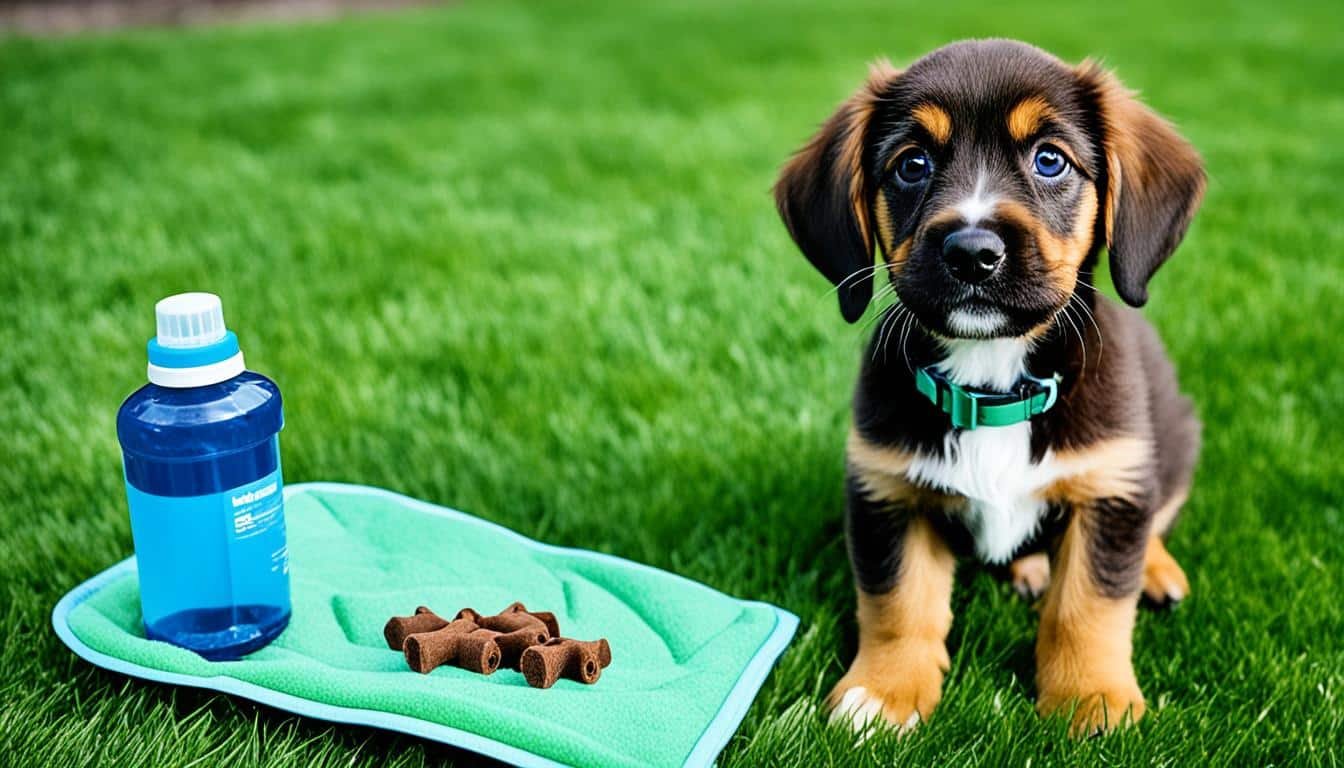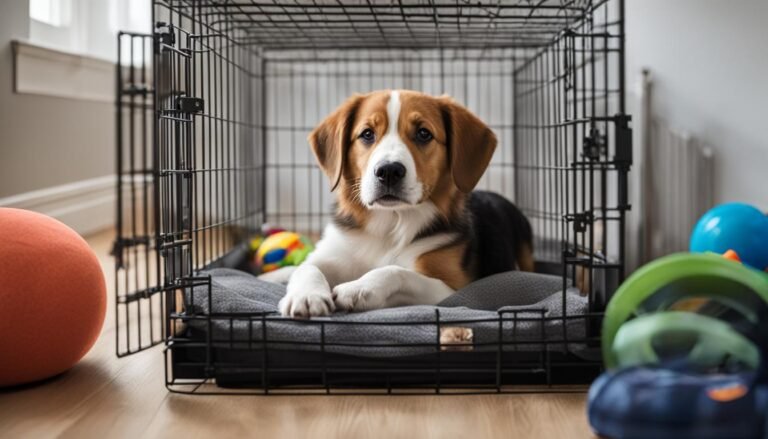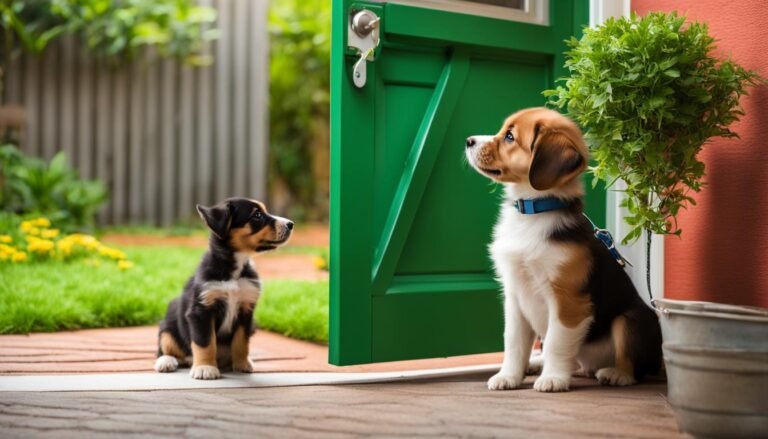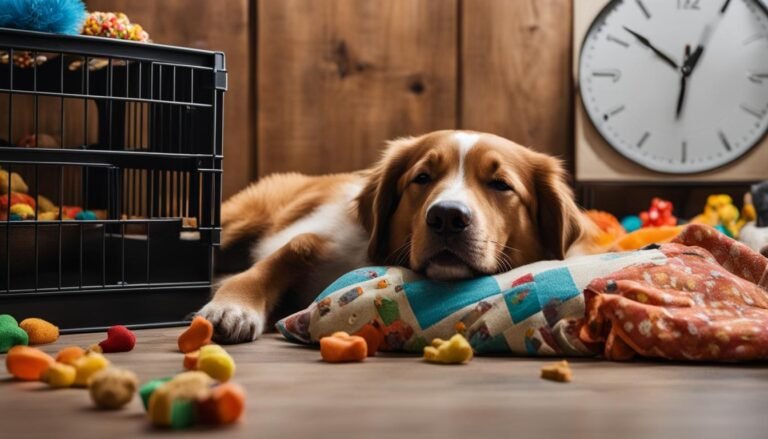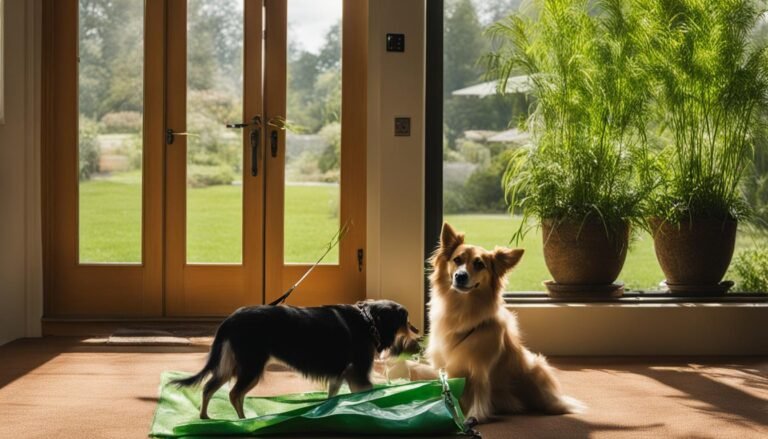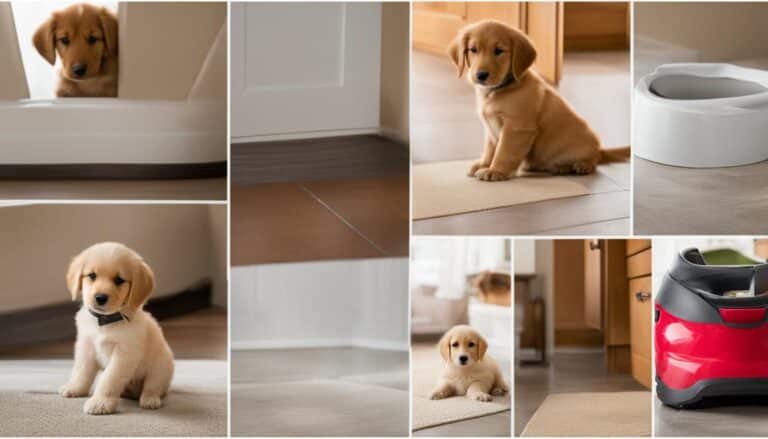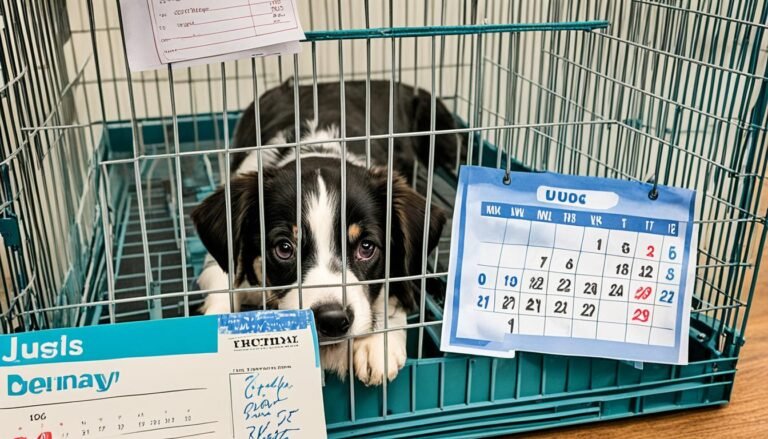How to Potty Train a Dog
Have you ever welcomed a furry bundle of joy into your home, only to find yourself constantly cleaning up after them? If you’re nodding your head in agreement, then you understand the struggles of dealing with a dog who hasn’t quite mastered the art of potty training.
But fear not, because I’m here to guide you through the process of how to potty train a dog. With a little patience, consistency, and the right techniques, you can transform your pup into a well-behaved, housebroken companion.
From housebreaking a dog to teaching them to use the bathroom outside, this comprehensive guide will cover everything you need to know. We’ll delve into effective methods, including crate training for dogs, housetraining puppies, and positive reinforcement dog training. No matter your dog’s breed or age, these tips will set you on the path to success.
So, if you’re ready to bid farewell to those pesky accidents and say hello to a cleaner, happier home, let’s dive right in and discover the secrets to potty training your beloved pooch.
Establishing a Schedule
Puppies thrive on routine and consistency. Establishing a regular schedule is crucial for their potty training success. By sticking to a routine, you can teach your puppy when to expect bathroom breaks and help them develop bladder control.
First and foremost, it’s important to take your puppy outside frequently, especially during the initial stages of potty training. Puppies typically have limited bladder control, and they can hold their bladder for about one hour per month of age. Aim to take them outside at least every two hours to avoid any accidents indoors.
When taking your puppy outside, choose a specific spot for them to do their business. This helps them associate that spot with going potty. You can also use a word or phrase, such as “go potty” or “do your business,” to remind them of the task at hand. Consistency in both the spot and the cue word will reinforce the desired behavior.
Alongside bathroom breaks, maintaining a regular feeding schedule can aid in establishing a predictable routine for your puppy. Set specific times for their meals, and try to feed them at consistent intervals throughout the day. This not only helps regulate their digestion but also makes it more likely for them to eliminate at predictable times.
Remember that puppies have different needs and may require additional bathroom breaks if they’ve been playing, drinking water, or just waking up from a nap. Be attentive to their signals and adjust the schedule accordingly. It’s better to take them out more often and avoid accidents than to risk leaving them indoors for too long.
By establishing a schedule that includes regular bathroom breaks and a consistent feeding routine, you can facilitate your puppy’s potty training progress. Consistency and patience are key factors in helping your furry friend develop good habits and achieve successful housetraining.
Rewarding Good Behavior
When it comes to potty training your puppy, one of the most effective techniques is to establish a reward system using positive reinforcement. Dogs learn through association, and by rewarding them for good behavior, you can reinforce the desired habits and speed up the training process.
Immediate praise and treats play a crucial role in positively reinforcing your puppy’s actions. After your puppy finishes eliminating outdoors, make sure to offer praise and treats right away. This immediate reward helps your puppy understand that eliminating outside is the desired behavior. Remember, timing is essential, so offer the reward as soon as your puppy finishes, before they get distracted or move on to something else.
To effectively use positive reinforcement, find a reward that motivates your puppy. It can be verbal praise, such as saying “Good boy!” or “Good girl!” in an excited and upbeat tone. Additionally, treats are highly effective as rewards. Choose small, bite-sized treats that are easy for your puppy to consume quickly so that they can associate the reward with the desired behavior.
Choosing the Right Treats
When selecting treats for potty training rewards, opt for soft treats that are tasty and appealing to your puppy. Treats with a strong smell can work particularly well because they help to engage your puppy’s senses and make the reward even more enticing. However, ensure that the treats are not so distracting that your puppy becomes more interested in the treat than in finishing their elimination.
It’s also crucial to choose treats that are appropriate for your puppy’s age and size. Read the packaging carefully or consult your veterinarian for recommendations on treats that are suitable for your specific breed or age group. Remember, the focus should always be on positive reinforcement and rewarding good behavior, so choose treats that align with your puppy’s dietary needs.
Using a Variety of Rewards
While treats are a popular choice for rewards during potty training, they are not the only option. Verbal praise in an enthusiastic and encouraging tone can also be highly effective. Your puppy craves your approval and attention, so providing verbal praise along with treats enhances the positive reinforcement.
Some puppies may also respond well to other rewards, such as a favorite toy or a special play session. Experiment with different types of rewards to see what your puppy finds most motivating. The key is to find something that your puppy truly enjoys and looks forward to receiving after successfully eliminating outside.
By incorporating a reward system based on positive reinforcement, you can make potty training an enjoyable experience for your puppy while also reinforcing good habits. Remember to be consistent, patient, and always reward your puppy for their successes. With time and consistency, your puppy will become reliably housetrained.

Crate Training as a Tool
Crate training is an essential tool for potty training your dog and providing them with a safe space. Dogs are den animals by nature, and they naturally avoid eliminating where they sleep or eat. By using a crate, you can prevent accidents in the house and help your dog develop good bathroom habits.
When crate training your dog, it’s important to choose the right crate size. The crate should be large enough for your dog to stand up, turn around, and lie down comfortably. Too much space can lead to accidents, as dogs may be tempted to eliminate in one corner and sleep in the other. Many crates come with removable partitions, allowing you to adjust the size as your puppy grows.
It’s crucial to understand that a crate should never be used as a form of punishment. Instead, it should be a safe and secure space for your dog. Introduce the crate gradually, using positive reinforcement and rewards. Make the crate a comfortable place by adding bedding and toys that your dog enjoys.
When crate training, follow a schedule to let your dog out of the crate for bathroom breaks. Take them outside as soon as you let them out of the crate to prevent accidents. Remember to reward them with praise and treats when they eliminate in the appropriate spot.
Using a crate not only helps with potty training but also provides your dog with a safe and secure space of their own. Dogs naturally seek out dens, and a crate can serve as their den in your home. It gives them a sense of security and a place to relax and rest.
Remember, consistency is key when it comes to crate training. Stick to a routine and gradually increase the time your dog spends in the crate. With patience and positive reinforcement, you can successfully crate train your dog and provide them with a safe and comfortable space of their own.
Potty Pads and Paper Training
When it comes to potty training your puppy, you may consider using puppy pads or paper training as an indoor solution. Puppy pads can be especially useful in situations where it’s difficult to take your puppy outside frequently, such as during bad weather or when you live in an apartment without easy access to outdoor areas. By providing a designated indoor potty spot, puppy pads can help prevent accidents and provide a convenient alternative.
However, it’s essential to remember that using puppy pads or paper training can sometimes confuse your puppy about where they’re allowed to eliminate. It’s important to establish a clear bathroom spot outside and work towards eliminating indoors. This helps your puppy understand the ultimate goal of going potty outside. Consistency is key in reinforcing the desired behavior.
Another important aspect to consider is scent recognition. Dogs have a strong sense of smell, and they rely on scent cues to determine where they should eliminate. When using puppy pads or paper training, it’s crucial to use enzymatic cleaners to remove any odors from accidents. Lingering scents can signal to your puppy that it’s an acceptable potty spot, leading to further confusion.

With proper training and consistency, you can transition your puppy from using indoor potty spots to eliminating outside. Remember to be patient and reinforce positive behavior with rewards and praise. Before long, your puppy will understand the difference between indoor and outdoor potty areas and become fully house trained.
Creating a Housetraining Schedule
Creating a housetraining schedule is vital for the success of potty training your puppy. Puppies have small bladders and need consistent trips outside to eliminate. To establish a routine, it’s important to observe your puppy’s individual signals and rhythms. The general guideline is that dogs can hold their bladder for the number of hours corresponding to their age in months. However, every puppy is different, so pay attention to their behavior and adjust accordingly.
To start, take your puppy outside first thing in the morning and after playing or eating. These are common times when puppies need to eliminate. Before bed, another trip outside is necessary to prevent accidents during the night. By consistently taking your puppy outside during these key times, you are reinforcing their understanding of the proper bathroom location.
If you’re unavailable during the day, consider hiring a dog walker or making other arrangements to ensure your puppy gets regular bathroom breaks. Consistency is crucial for effective housetraining.
Dealing with Housetraining Problems
Sometimes housetraining doesn’t go as planned, and house soiling can become a problem. It’s frustrating when accidents happen in the house, but it’s important to stay patient and consistent. One of the first steps in addressing housetraining issues is ruling out any physical problems that may be causing your dog to have accidents. To do this, it’s best to have your dog examined by a veterinarian who can identify and treat any underlying conditions that may be contributing to the problem.
If no physical issues are found, it may be worthwhile to seek the help of a professional trainer or behaviorist who specializes in housetraining. They have experience dealing with a variety of housetraining problems and can provide guidance tailored to your specific situation. Whether it’s a dog soiling in the same spot, having accidents in the crate, or experiencing inconsistent progress, a trainer or behaviorist can offer valuable insights and techniques to help you overcome these challenges.
Remember, housetraining takes time and effort. Patience and consistency are key to successfully train your dog to eliminate in the appropriate place. Be vigilant and watch for signs that your dog needs to go outside, reward them for their good behavior, and establish a routine that works for both of you. With dedication and the right support, even the most stubborn housetraining problems can be resolved.
